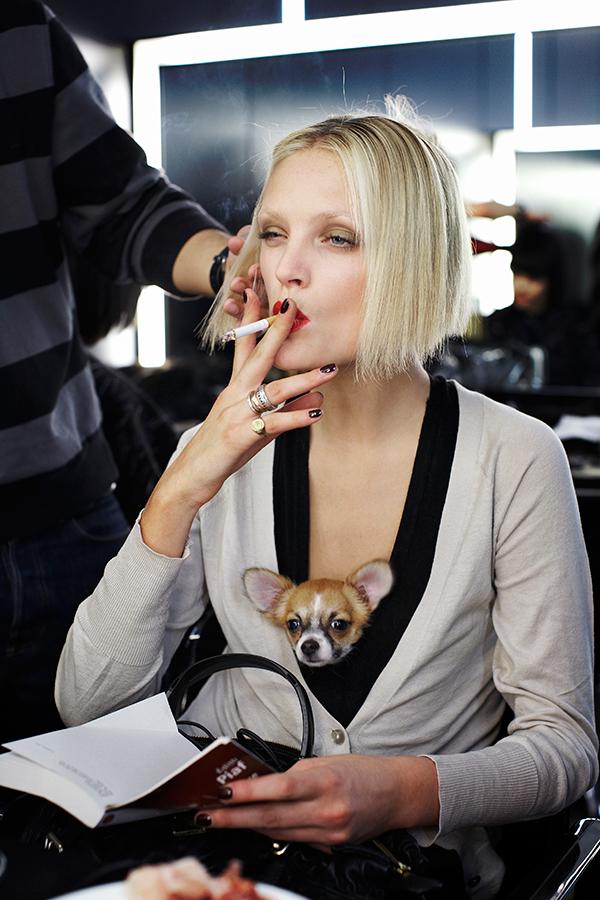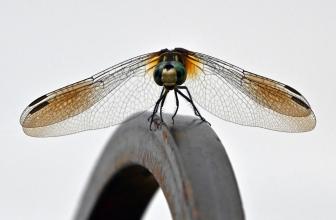How to Tell a Story Through Your Photos: 6 Photographers Share Their Tips and Experiences

“Every Picture Tells a Story.” You’ve no doubt heard Rod Stewart’s song, but, as you head out the door with your camera, do you ever stop to mull over what these words mean? What, you ask yourself, am I saying with each frame? Do I need to shoot more frames to fashion the message I want the world to see and hear? And finally, you may be asking yourself, do I need to bathe the pictures in a wash of words or should I let them speak for themselves?
I approached six photographers from across the country and around the globe to ask how they interpret the concept of the photo story. And here are their thoughts on the matter, together with a sampling of images that reflect the essence of the photo story as they see it. Visit their websites for the complete picture.
The Photo Story: One Picture or Many?
My first question centers on the number of images it takes to make an effective photo story. Photojournalist and documentary filmmaker Dave Yoder (daveyoder.com) starts us off. In one series, “Fashionista,” Yoder takes a unique slant on the world of fashion. We don’t see fanciful runways. Instead, we see raw truth.
“I don’t think there is any doubt that a single image can tell a story,” Yoder begins, “though I guess it would likely be a very short one. If we’re talking about shooting for publication, there are so many factors both within and outside of the photographer’s control, such as the medium used to transmit the photo or photos, how much space is available, or whether you’re putting your best work forward at all by choosing the photo that ties up and sums up rather than one that leaves the viewer a little hungry, is more aesthetically engaging, or even simply ‘better’ in ways that owe nothing to some verbalized explanation.”
He continues: “Some of the most iconic photojournalistic images leave behind them a trail of unanswerable questions. I believe that the photographer has a duty to be honest about what kind of work the photography is and owes a best attempt at truthfulness.”
I put the same question to wildlife and nature photographer John Hyde (wildthingsphotography.com). Hyde captures the Alaskan wilderness in ways that tell the story of survival under some of the harshest conditions. His series on wolves, for example, gives us a glimpse into these carnivores we’d never hope to see at a zoo and rarely even on television, one often centered on isolation and loneliness.

“Without a doubt a single photograph can tell a story,” Hyde contends. “There are many images made over the past century that have become photographic icons for exactly that reason. Perhaps one of the most valuable qualities of such an image is that it not only represents an emotion or social or environmental issue as examples, it is capable of transcending all language barriers. It’s an image that touches all who view it.
“When I begin working on a specific story,” he adds, “my objective is to share that experience with others. To create a sense of wonder, a sense of place. Above all I hope that my photographs will help others make more informed choices when they consider the impact our species can have on the natural world and its wild inhabitants.” (Read Shutterbug's profile of John Hyde here.)
Space launch photographer Ben Cooper (launchphotography.com) also weighs in on this topic. Cooper succinctly states what many of us are thinking: “Some pictures are definitely worth a thousand words, as the saying goes.” (Ready Shutterbug's profile of Ben Cooper here.)

How Do You Find Your Stories?
I ask documentary photographer Jill Freedman (jillfreedman.com) this question, and she delivers an eye-opening response.
“One day, I happened to be with a group of people, one of whom was a circus performer who told us about her circus exploits,” Freedman recalls. “And that gave me an idea…There was a circus playing outside Philadelphia, and this person knew one of the key personnel. We borrowed a car and drove to Philly, and I got permission to ride with the circus and photograph them.” The result is an in-depth look at a circus we haven’t seen before or since.

Another groundbreaking photo story revolves around New York City firefighters, as Freedman recounts: “The NYC firemen photo story came about when I was sitting at a local pub that I frequented in Greenwich Village. There was a fireman that would come in every now and then, and he inspired this story. He opened the door to the firehouse where he’d worked and others as well.
“After that story, I received inquiries about doing a story on cops, which I at first dismissed,” she continues. “However, it did spark an idea, to show the good side of New York City cops, in contrast to the picture that was often painted. And I did my research. At the back of my mind was the one fundamental question that would dictate how I’d pursue this photo story: What does it mean to be a cop in New York City? And that was my motivation.” As before, with these two photo stories, Freedman succeeds in showing us a side of New York and its people that we have not heretofore seen.
For her “People and Other Animals” series, Freedman takes an entirely different tack as she culls images from diverse situations to weave a tale (no pun intended) with a common theme. (Read Shutterbug's profile of Jill Freedman here.)
Fine art photographer Cole Thompson (colethompsonphotography.com) comes at the photo story from a different angle. “I never set out to tell a story,” he reveals. “I never plan. I never prepare. I just go and look for inspiration. I came to realize that planning kills the buzz for me, making it feel like an assignment. I have found that there are two ingredients that make a successful project for me: passion and vision. These images are representations of what I see in my head, which then affects how I photograph the subject and how I process the image.

“When I create an image or a series I never consider how the viewer will interpret the images. I create for myself and that is my only consideration. If I love the images, then I consider the project successful.”
Thompson’s haunting series on Auschwitz-Birkenau came about purely by happenstance, entirely unplanned, yet succeeds in evoking a sense of sorrow, compassion, and disbelief. These feelings emerge, grow, and engulf us as we move from one image to the next. (Read Shutterbug's profile of Cole Thompson here.)
How Do You Tell a Photo Story that Resonates with the Viewer?
Many of us know Anuar Patjane (anuarpatjane.com) for his in-depth underwater photography, but there is an entirely other side to this photographer. He is also, as he put it, a documentarian and anthropologist with the camera, exploring diverse cultures from unexpected viewpoints.

“This has to be done with your heart, not by rational rules and formulas,” Patjane responds, in answer to my question. “You really need to focus on emotions and bridges between subject and viewer, and the best and only way to do that is by spending time immersed in your subject. Regardless whether it’s the ocean, a mountain, or a city, if you superficially visit them, you will get nothing. Get wet in salty water or feel the cold until you cannot feel your fingers. If you are only willing to experience the average and comfortable, your work will be mediocre and you won’t be able to truly tell it visually, because you haven’t really felt it.” (Read Shutterbug's profile of Anuar Patjane here.)
Final Words
Photojournalism is not about taking “safe” pictures. It’s about taking a picture that gets people to talk. And that’s where the photo story enters the scene. Whether as one photograph or a series of images and often surrounded by words that expand on what we’re seeing without diluting the content, the photo story elicits a dialogue that begins with the photographer and ends with the viewer.
In our little “photo story,” photographers of diverse disciplines expressed their individual views. Space prevents us from presenting all their comments, but we can synthesize some basic fundamentals from what we’ve gleaned. In a nutshell, there are common elements. For example, good composition and relatable content go hand in hand to resonate with the viewer. But each photographer approaches the photo story from a different perspective, whether that revolves around the subject of the story, lighting, shooting angle, or any number of countless variables—and that’s what makes it unique to each individual.
The moral of our story is, don’t limit yourself to what people expect you to shoot. Go out and make the photo story your own. Open people’s eyes with what you have to say with your camera. Begin with a purpose, or not, but be aware and grab opportunities as they arise.
Jack Neubart (jackneubart.com, Instagram: @pixelperfexion) has authored numerous books and articles on photography over the years.










































